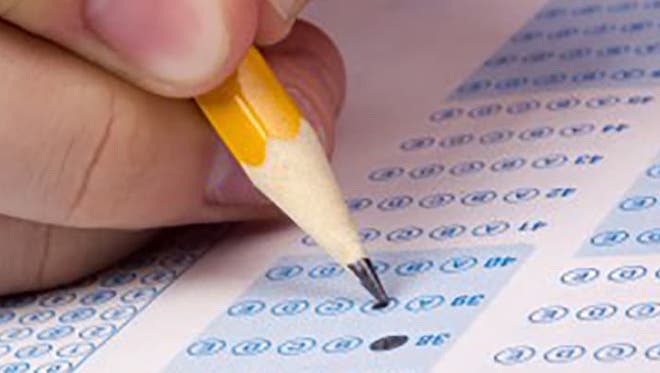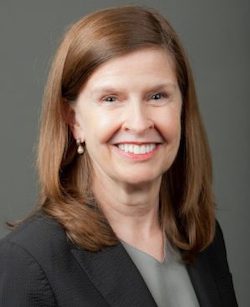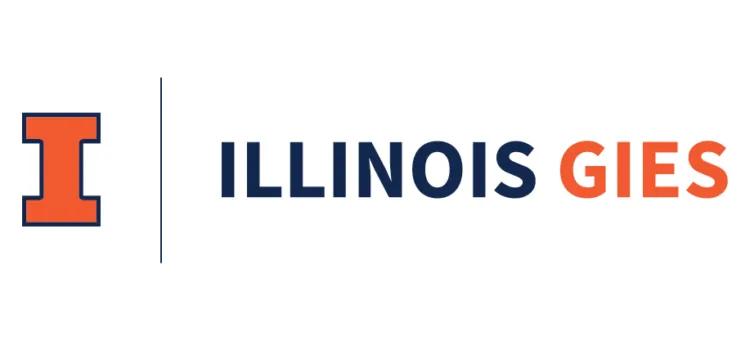
Which came first: the chicken or the egg? Wharton’s excellence appealing to top talent, or top talent making The Wharton School at the University of Pennsylvania excellent?
In last year’s Poets&Quants ranking of the top undergraduate business schools in the United States, only one school — Washington University in St. Louis’ Olin Business School — had an average SAT score over 1500. Washington Olin’s 1510 was 16 points higher than the next school in the ranking, Southern Methodist University’s Cox School of Business, while Wharton was fourth at 1486. This year, however, Wharton — the No. 1-ranked school for the third year in a row — has vaulted 19 points to the top spot on the SAT list with an average score of 1505; meanwhile Olin has slipped to 1500, where it is joined by two other schools, SMU Cox and the University of Michigan’s Ross School of Business, in a three-way tie.
A 1500 score is in the 99th percentile of the nationwide average, according to the College Board, which administers the SAT, whereas a score of 1400 is in the 97th percentile. The Cox School, ranked No. 18 overall, is the only one of the four leading SAT scorers outside the top 10 in the new ranking. Among the next six schools on the SAT list (see page 2 for the complete list) — all of which are within sight of that 99th percentile — only two are outside the overall top 10: Emory University’s Goizueta Business School, the No. 16 school overall that reported an average SAT score of 1470, good for ninth on the list; and UC-Berkeley’s Haas School of Business, No. 83 in P&Q‘s ranking because of major data omissions but which nonetheless boasts an average SAT of 1490, seventh-best among all 97 ranked schools.
‘WHARTON IS MORE THAN JUST A BUSINESS SCHOOL’

Diane Robertson. Wharton photo
The top schools stay the top schools because they are selective about who they admit — but also because they have impressive results with the talented students they graduate. Diane Robertson, vice dean and director of Wharton’s undergraduate program, says the best students with the highest test scores are drawn to Wharton for what it offers.
“Wharton is more than just a business school,” Robertson tells P&Q. “Our flexible undergraduate program combines the study of business and arts and sciences, with students taking at least 30% of their classes at other schools at Penn. Students can follow their individual interests while gaining knowledge of leading business practices that can be applied in almost any career.
“The school is constantly engaging with faculty and alumni to determine what a business school should be considering or acting on in emerging areas such as alternative investments, fintech, and AI. We are teaching students who will work in firms and even industries that do not exist today. We need to prepare them to navigate an ever-changing business landscape.”
BY THE NUMBERS
Of the 97 schools ranked this year by Poets&Quants for Undergrads, 21 reported average SAT scores of 1400 or higher, up from 19 (out of 88 schools) last year. In our 2017 ranking, 20 schools out of 82 eclipsed the 1400 threshold. The average score for those 21 schools: 1455.
To finish in the 90th percentile, applicants must score at least a 1290. More than half (50) of the 97 schools reported at least a 1290 this year, a slightly lower percentage than last year (49 of 88 schools). The lowest reported score of ranked schools is No. 79 Northern Illinois College of Business’ 1035, which is in the 65th percentile nationwide.
The average SAT score among all ranked schools is 1307. The average for the top 10 ranked schools is 1472. Among those 10 schools, the lowest average is at No. 9 UNC Kenan-Flagler Business School, which reported a 1388.
The only ranked school not to provide P&Q with an average SAT score is No. 22 Wake Forest, which accepts the test scores from applicants but does not require them.
STATE OF THE SAT: HEALTHY & GROWING
In 2016, SAT went from 2400-point test to 1600-point test. Long before then, school officials, students, and observers all were proclaiming the impending death of the test. It was imminently to be replaced by the ACT; some schools would do away with standardized tests altogether. But a funny thing happened on the way to the SAT’s funeral: The corpse came back to life. In 2018, 2.1 million SAT test takers took the new SAT, a 25% increase over the previous year. In 2019 that number ticked upward again, to 2.2 million, according to the College Board.
Expanded fee waivers are one reason more people are taking the test; a reported 21% used a waiver to take the test in 2018. Another big reason is SAT School Day, which continues to grow rapidly in U.S. secondary schools. According to the College Board, about 460,000 students in the class of 2021 (or 27% of SAT test takers in that class) took the SAT on a School Day, while almost 780,000 students in the class of 2022 — 36% — took the that day. The numbers from 2019 test-takers are likely to continue the upward trend. In all, over 3.7 million students in more than 3,000 districts and 9,000 schools have participated in a SAT School Day.
Heightened use of the SAT is just one sign of the overall health of undergraduate business education, Jennifer LaRusso-Leung, a master consultant with The MBA Exchange and former associate director of admissions at Columbia Business School, told Poets&Quants for Undergrads last year. What’s driving the growth? A healthy economy, she said.
“Interest among high school students and, more importantly, their parents in undergraduate business degrees continues to drive growth in the volume of applications targeting those programs,” LaRusso-Leung said. “Candidly, there’s no end in sight for this growth. There are two additional factors that encourage more applicants to seek BBA degrees. First, the U.S. economy remains robust, so major companies have an increased appetite for recruiting and hiring fresh grads from top business schools.
“Second, the simultaneous softening of application volume for MBA degrees — for even some of the highest-ranked MBA programs — motivates leading business schools that offer both BBA and MBA programs to tap into the strong demand by attracting and enrolling more of the former. Simply stated, that’s where the action is.”
See the next page for a complete table of the SAT scores and acceptance rates at the 97 schools ranked by Poets&Quants for Undergrads this year.
DON’T MISS WHARTON AGAIN TOPS P&Q’S BEST UNDERGRADUATE B-SCHOOLS OF 2020 and LAST YEAR’S STORY ON THE TOP SAT AVERAGES AT THE LEADING B-SCHOOLS










